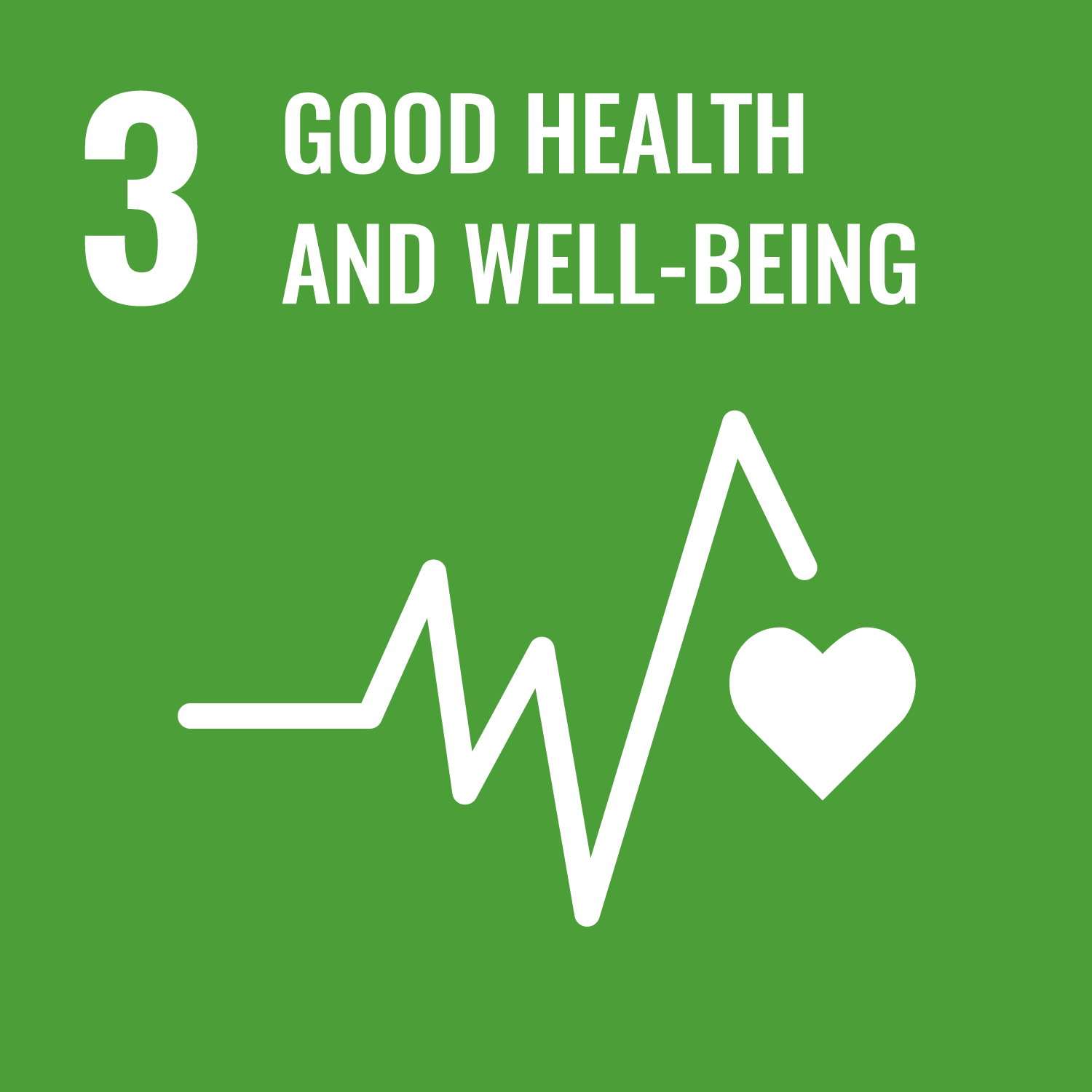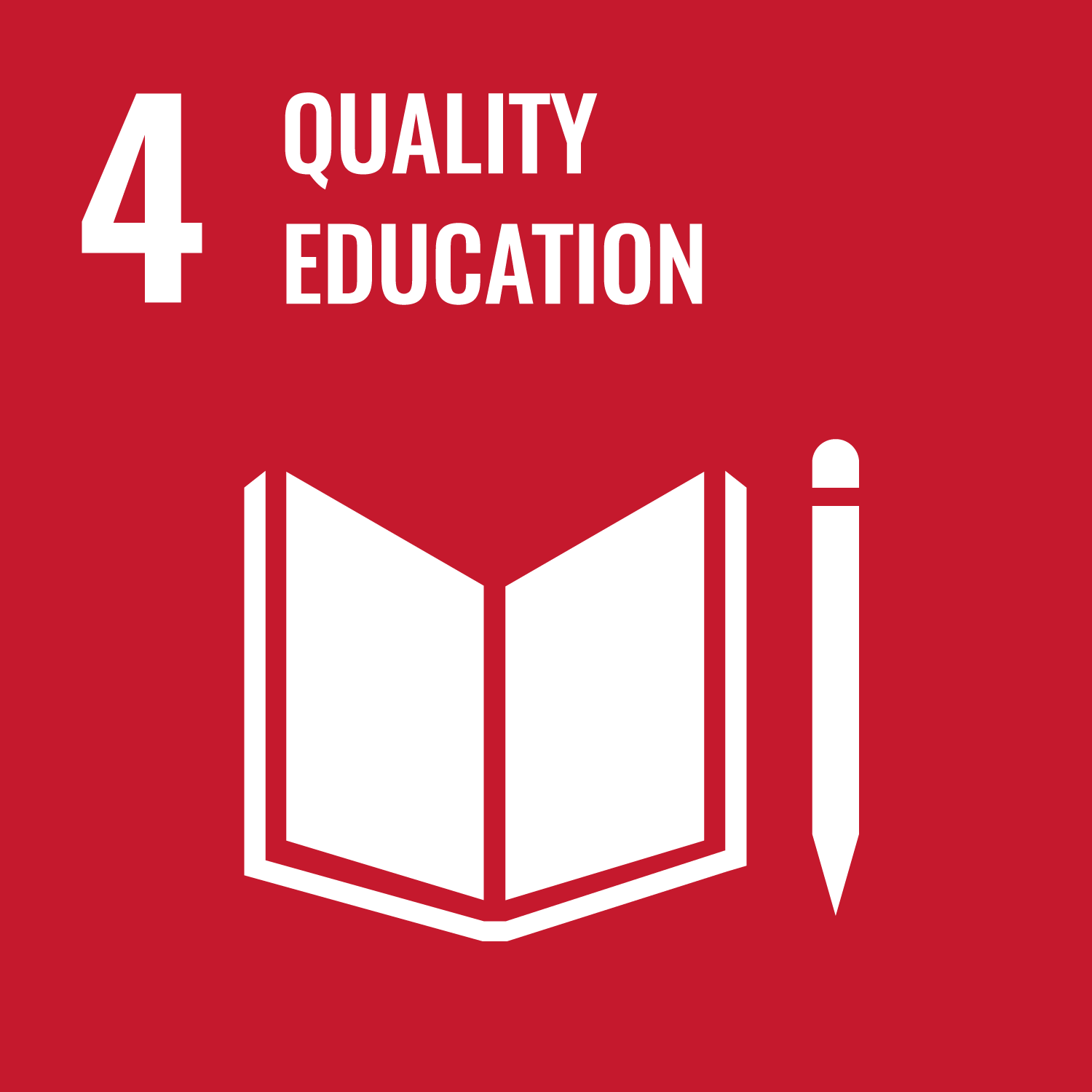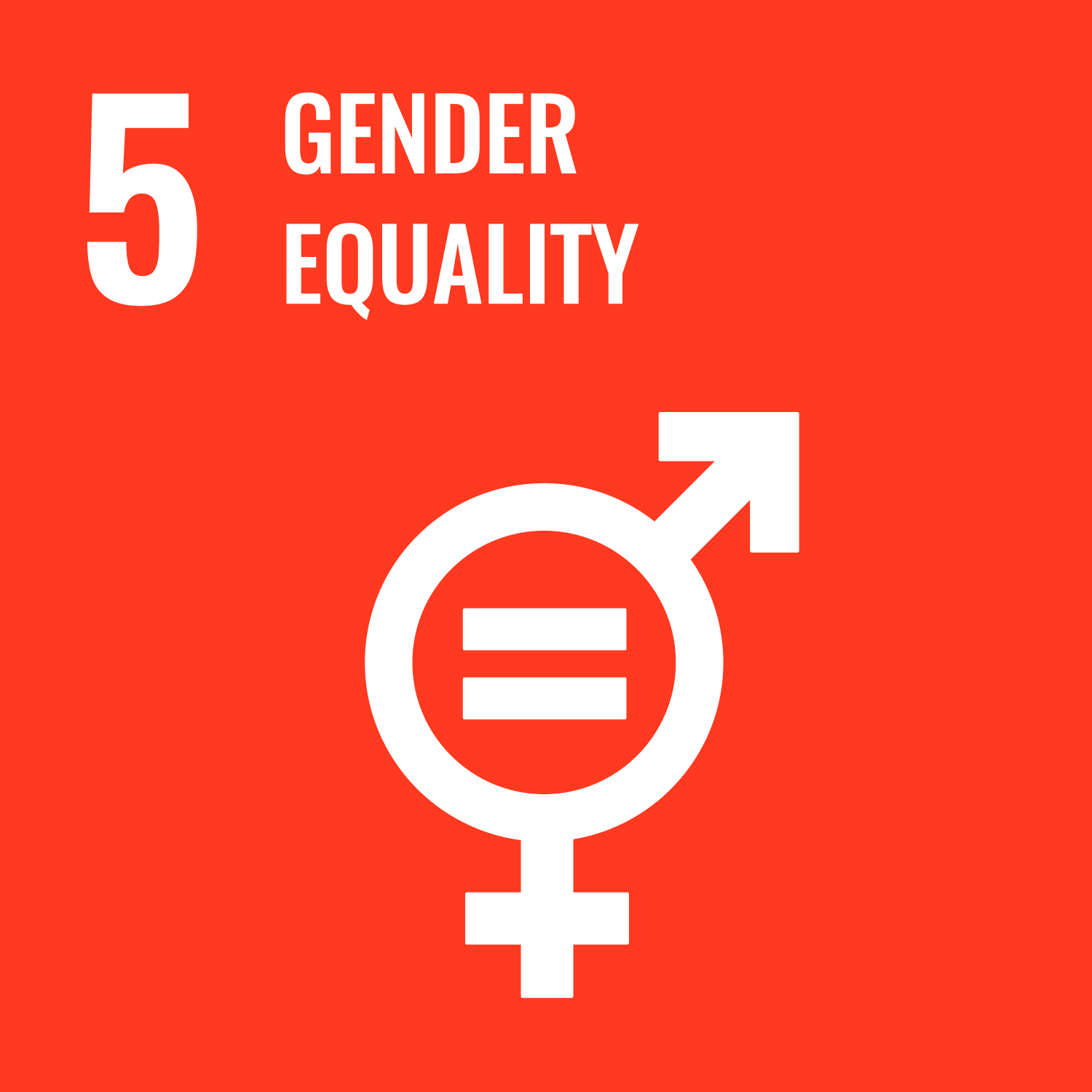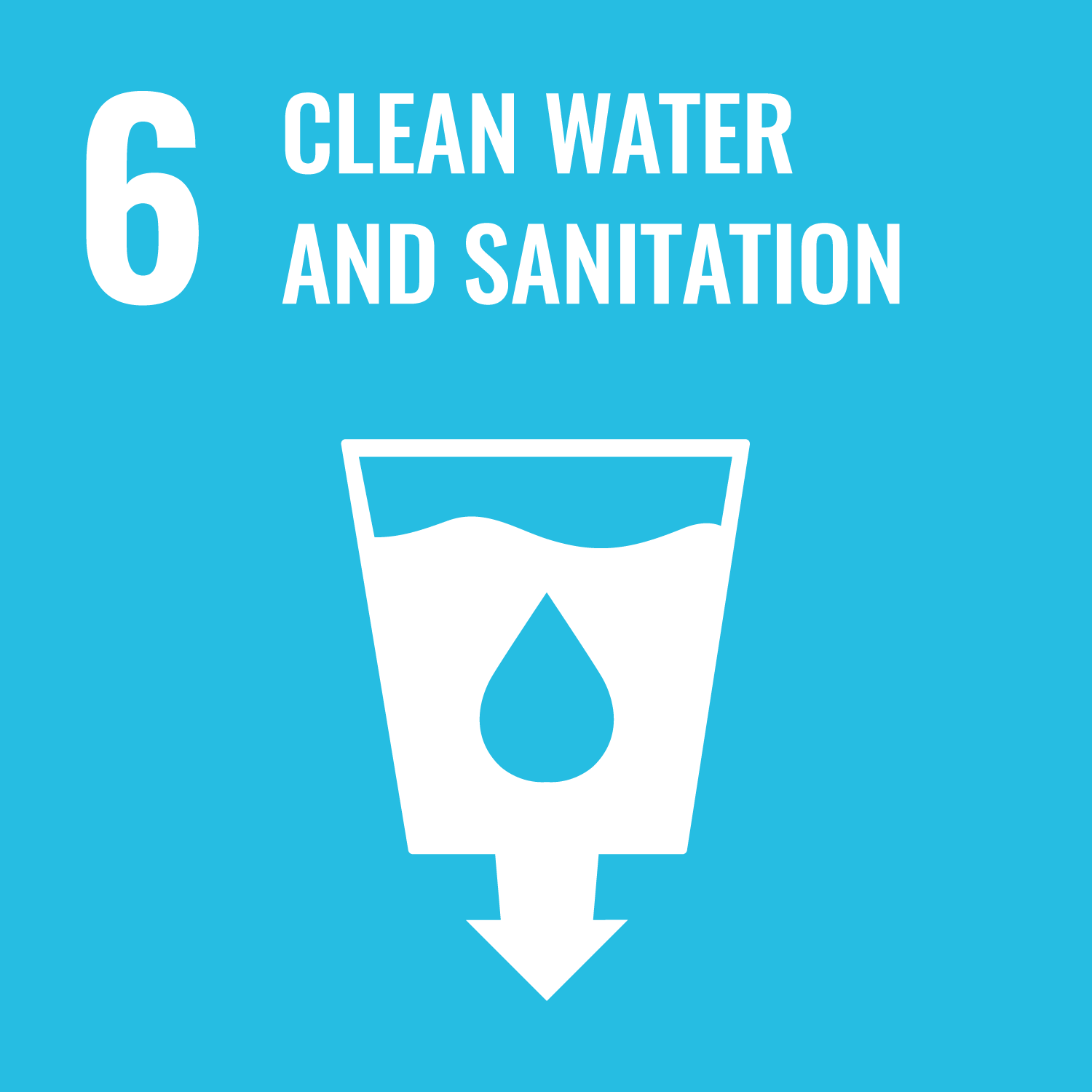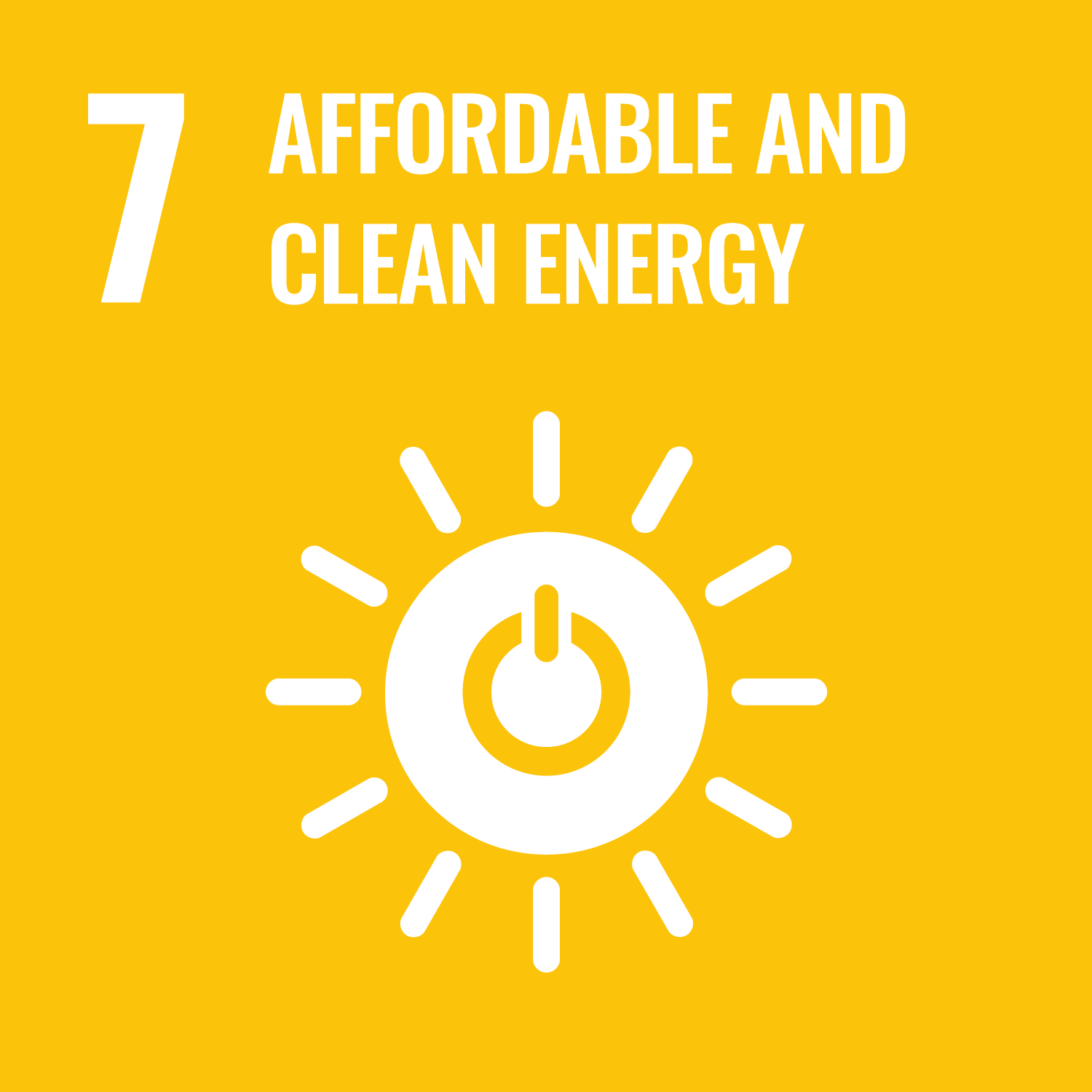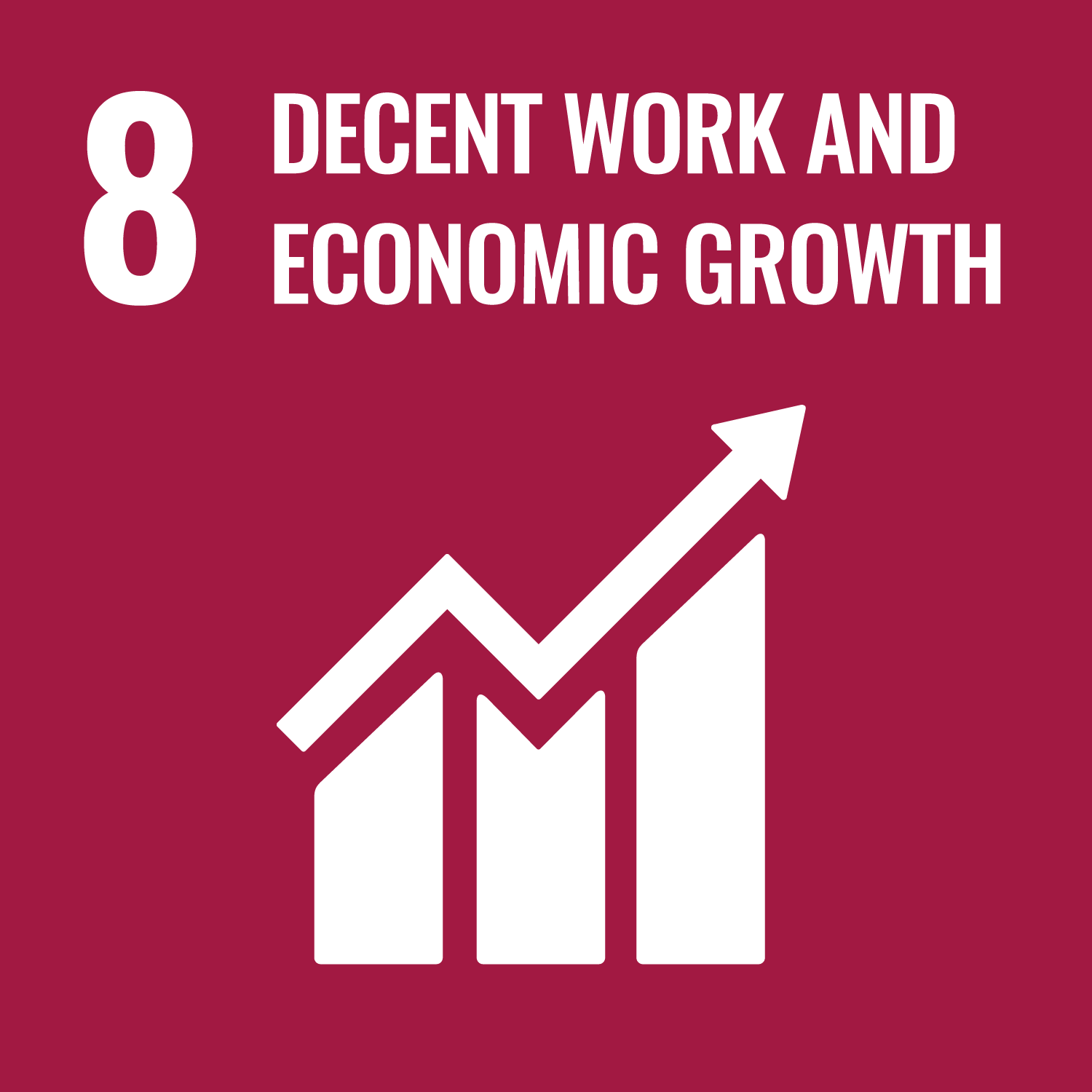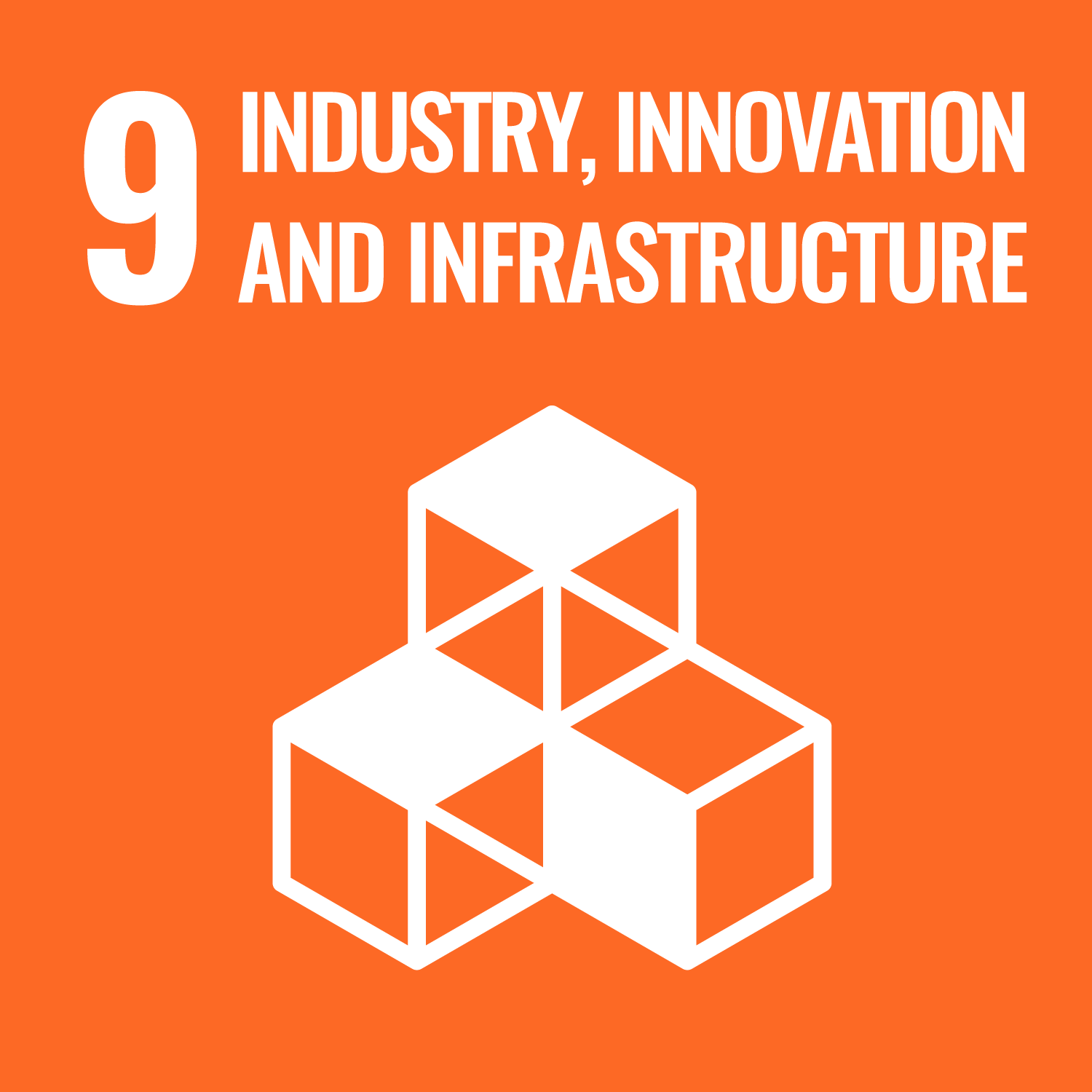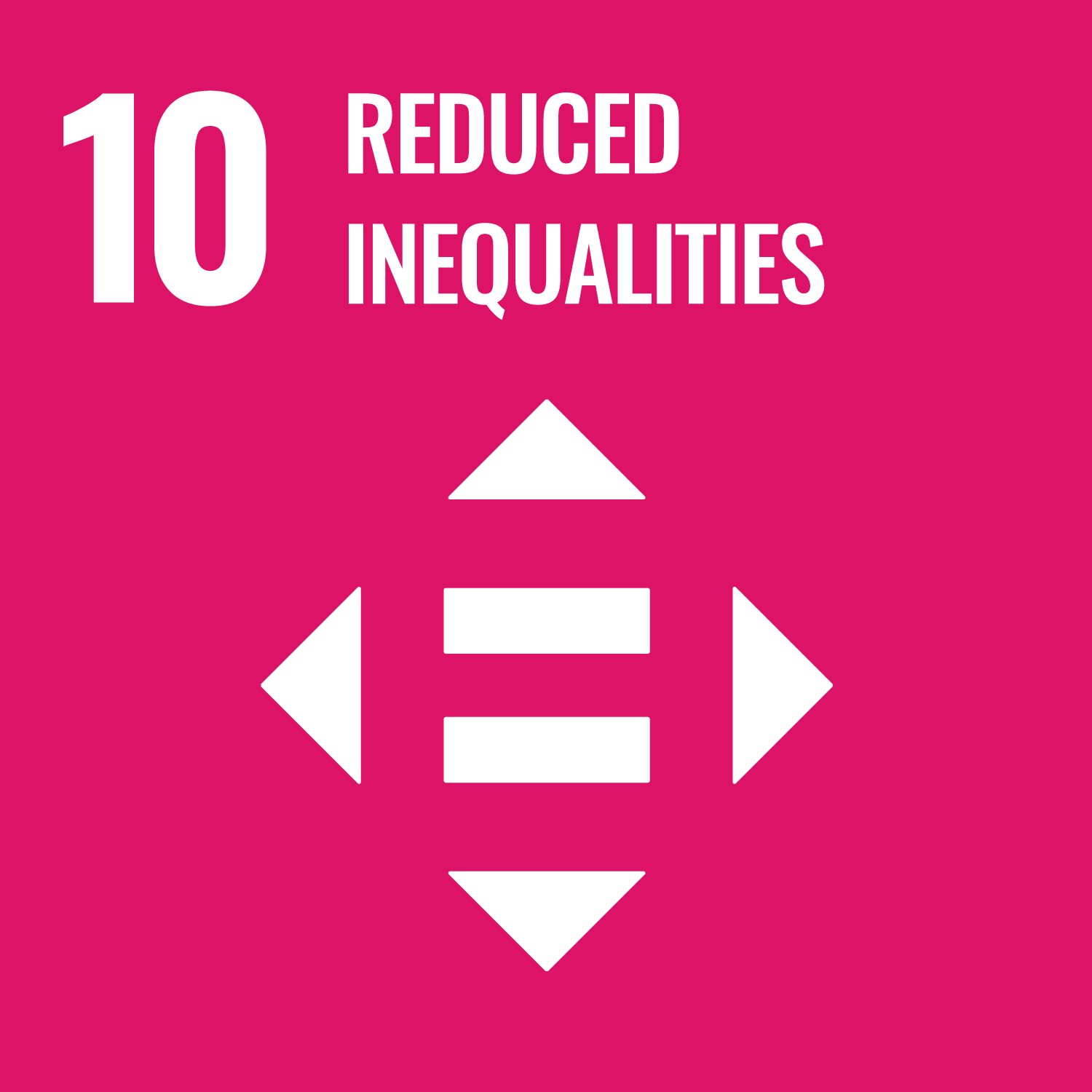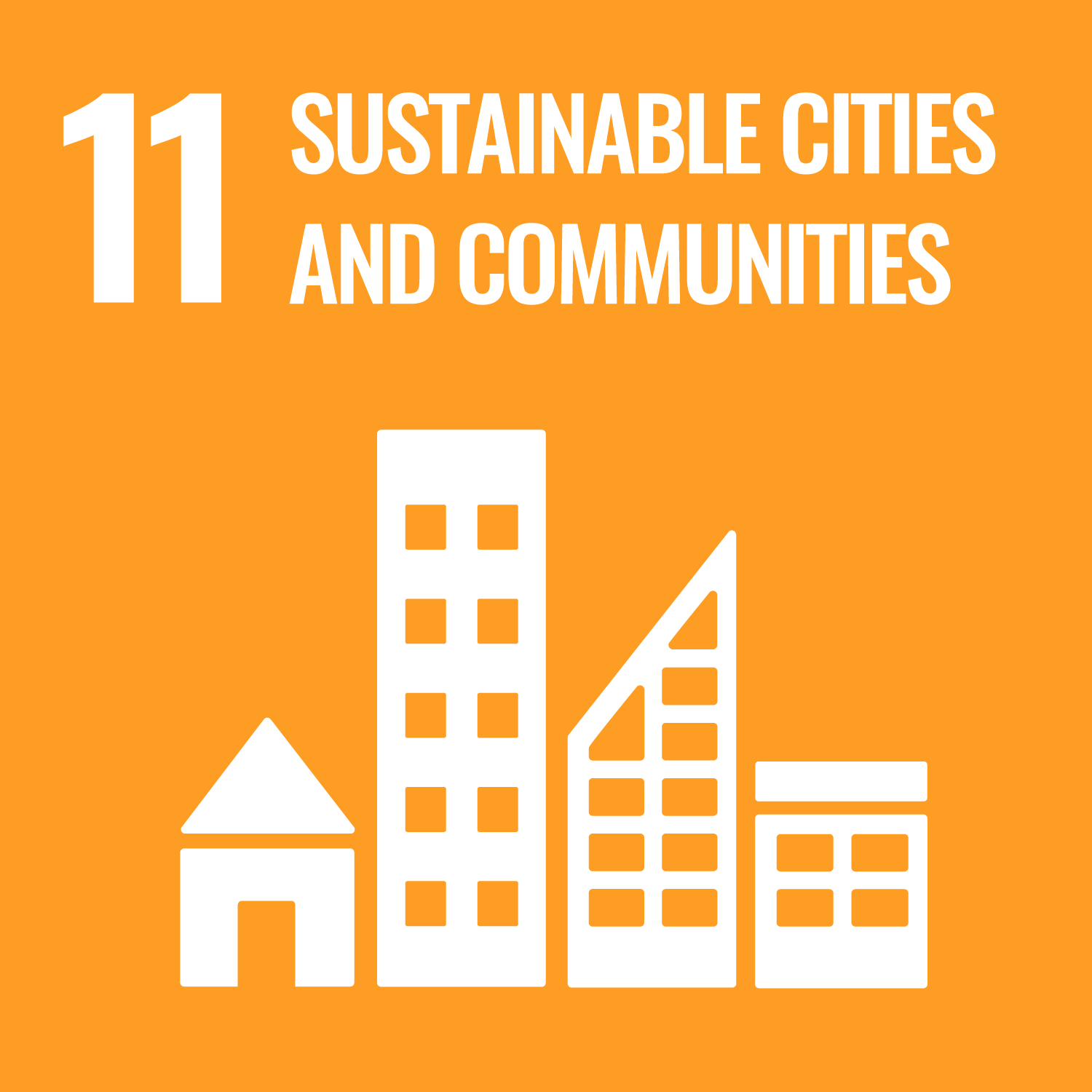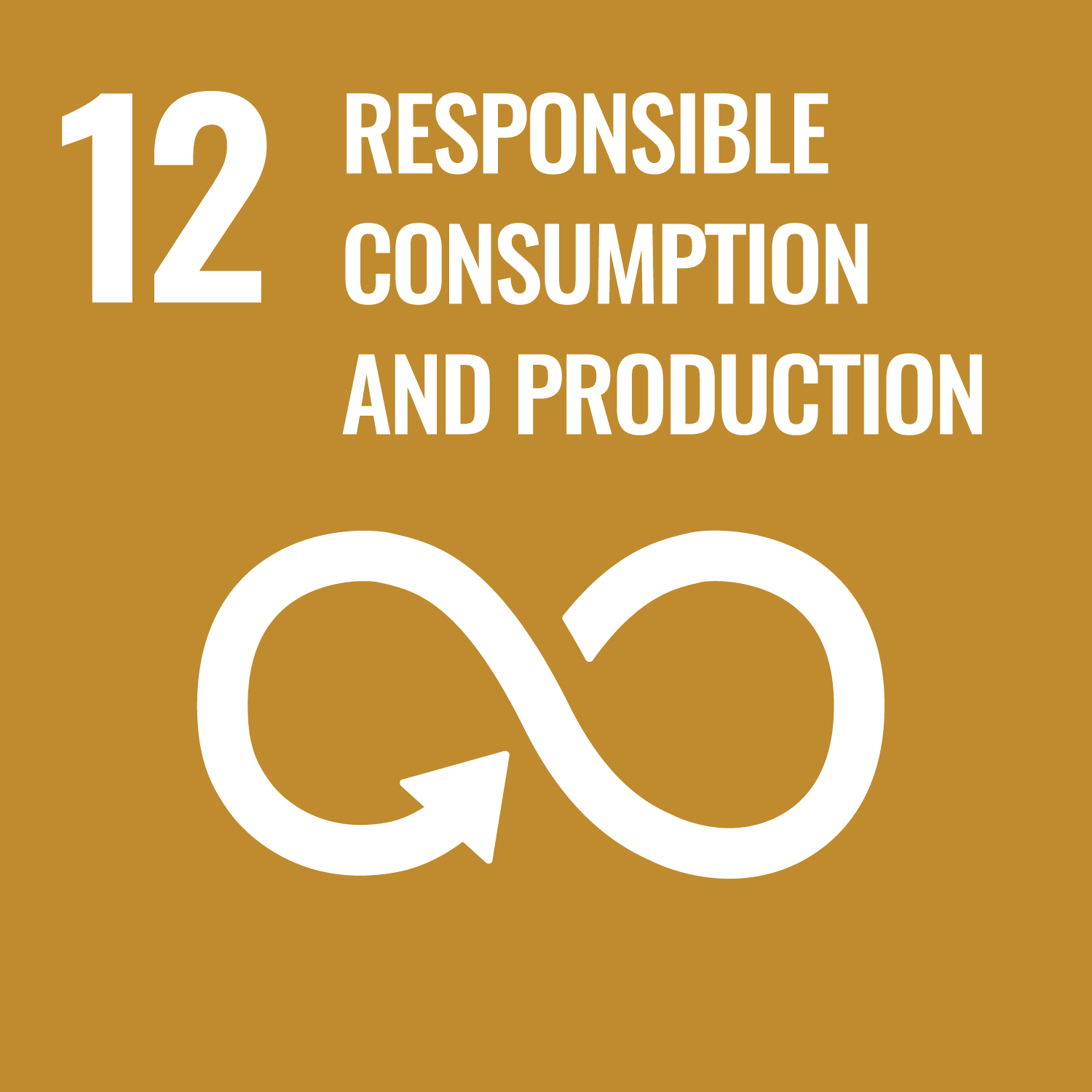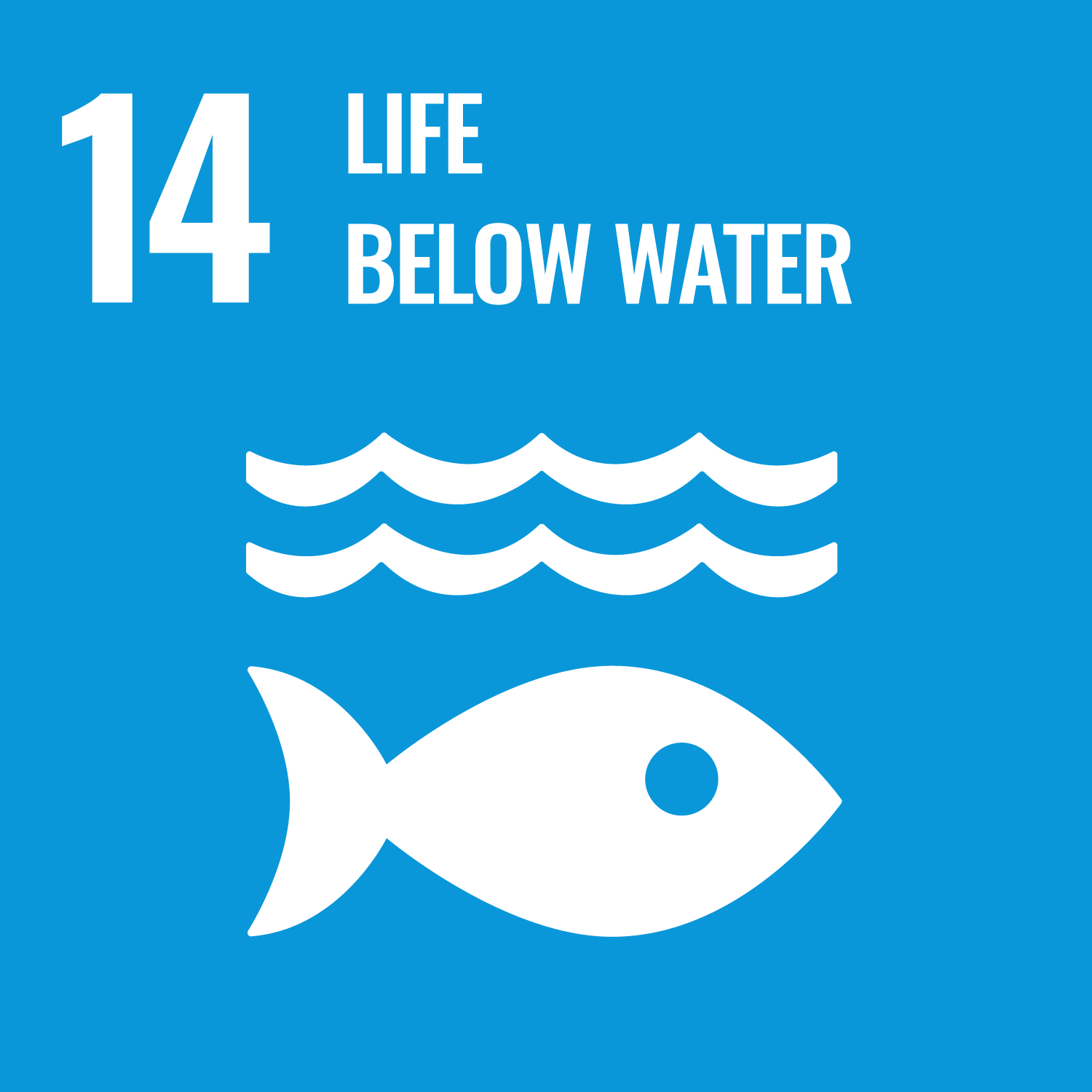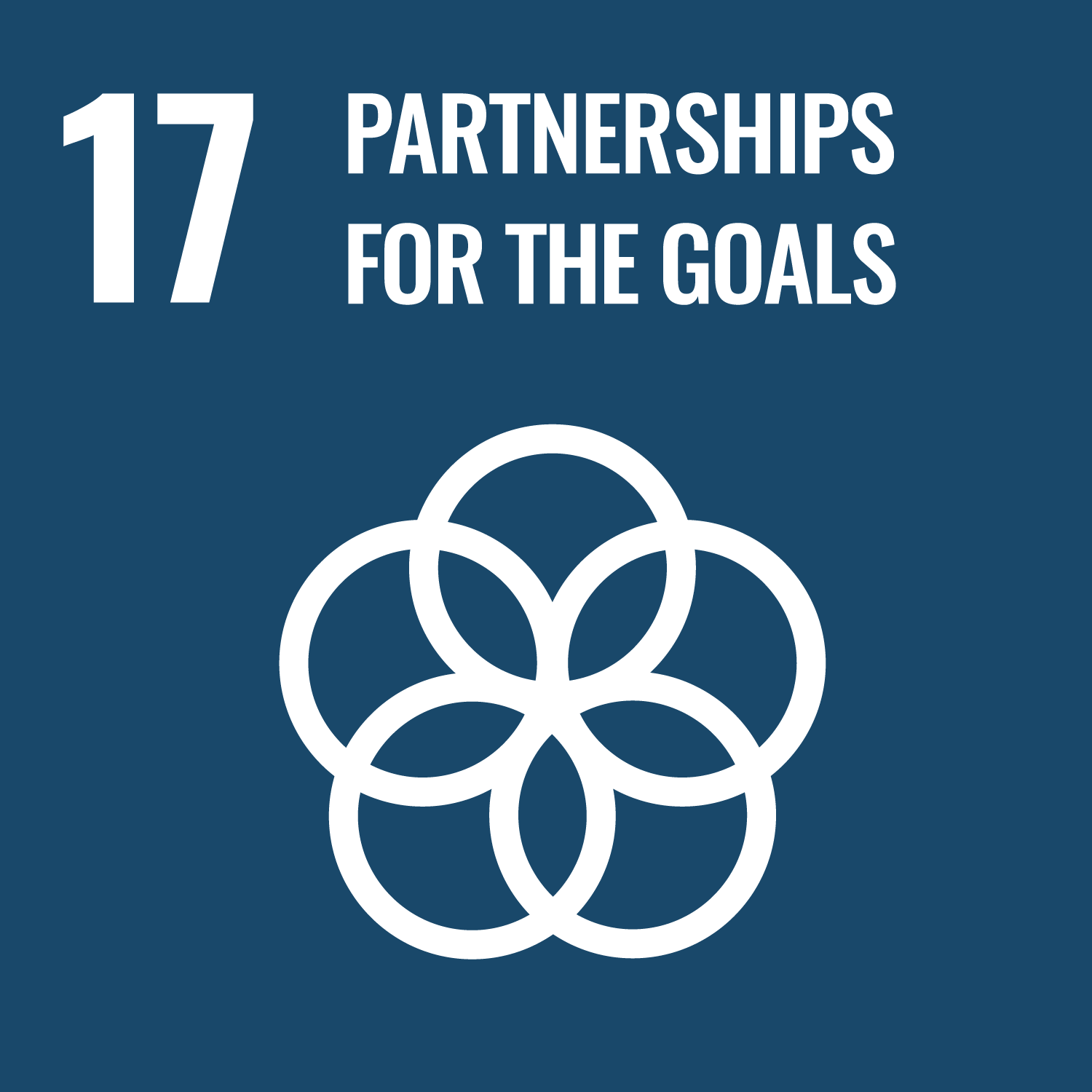Producing hydrogen by dry reforming reaction of biogas using porous ceramics
Graduate School of Science and Engineering (Engineering) Department of Chemical Engineering Program
Functional Ceramic Materials Group
Associate Professor
SAMESHIMA Soichiro
Assistant Professor
SHIMONOSONO Taro
Background and objectives of activities
Energy from hydrogen is expected to be one of the most promising ways to eliminate fossil fuels and to combat global warming. This technology is a method to produce hydrogen from biogas (methane and carbon dioxide), which is attracting attention as a renewable energy source. Biogas is generated from "waste biomass" such as livestock manure, food waste, wood waste, and sewage sludge, so it can achieve carbon neutrality.
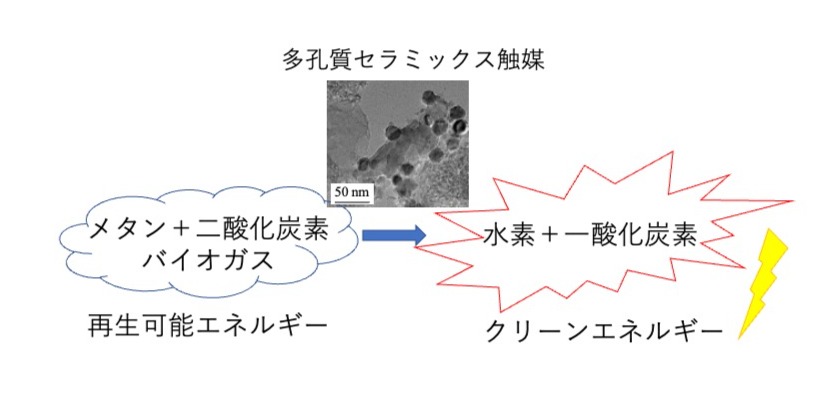
Summary of Activities
The catalyst (which promotes chemical reactions) is made of metal particles supported (attached) to porous ceramics with high specific surface area having nanometer-size pores. Biogas (methane and carbon dioxide) can be distributed through this catalyst to produce hydrogen and carbon monoxide at 500-900℃.
Expected Benefits
The hydrogen can be produced from renewable energy sources, and when combined with carbon monoxide produced along with the hydrogen and supplied to solid oxide fuel cells, electricity can be obtained with a high energy conversion efficiency. In addition, hydrogen can be produced from methane and carbon dioxide, which are greenhouse gases, making this an environmentally compatible hydrogen production method.


